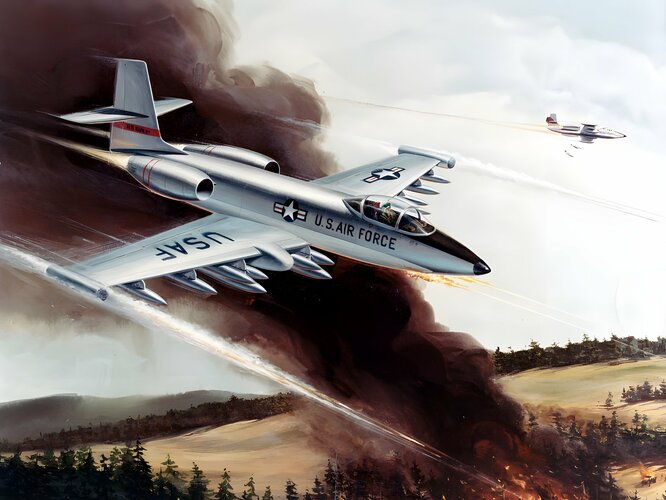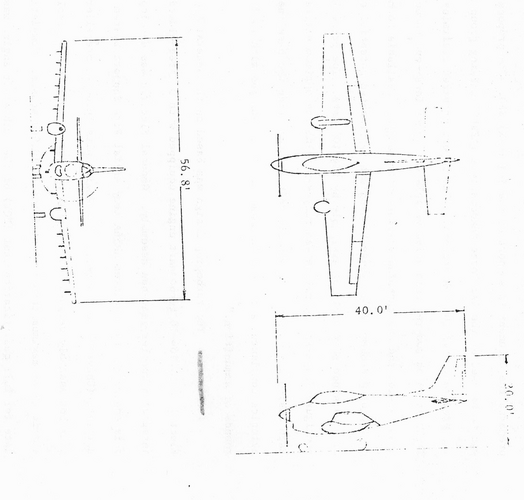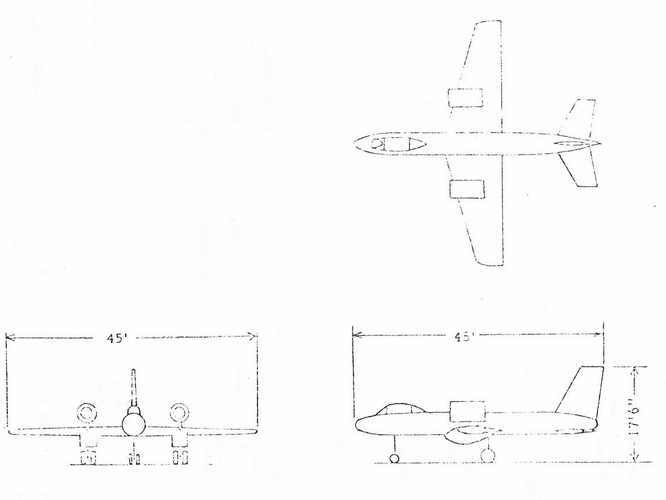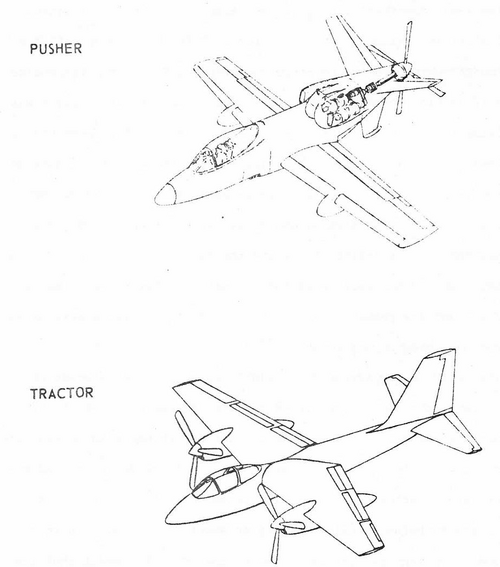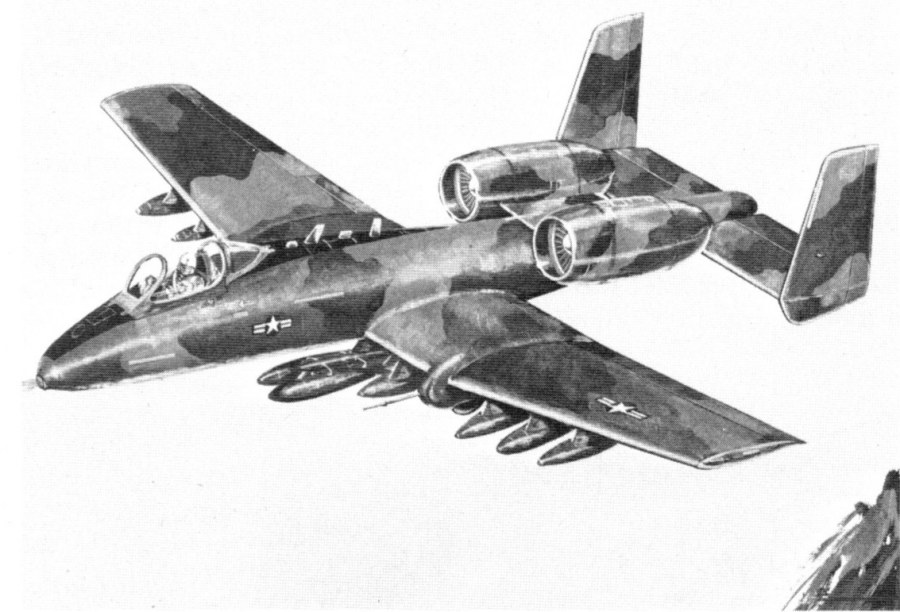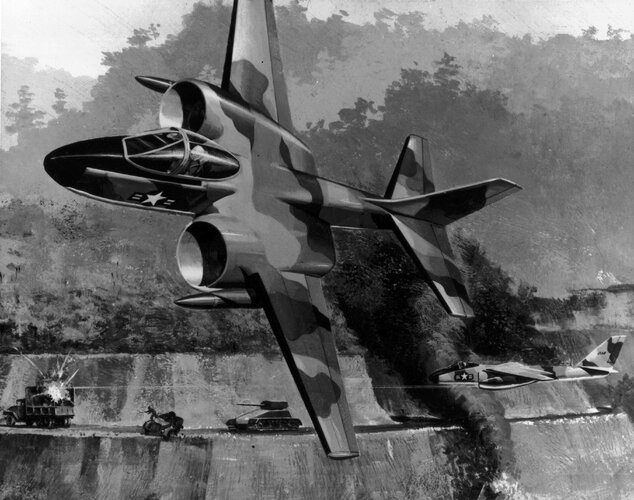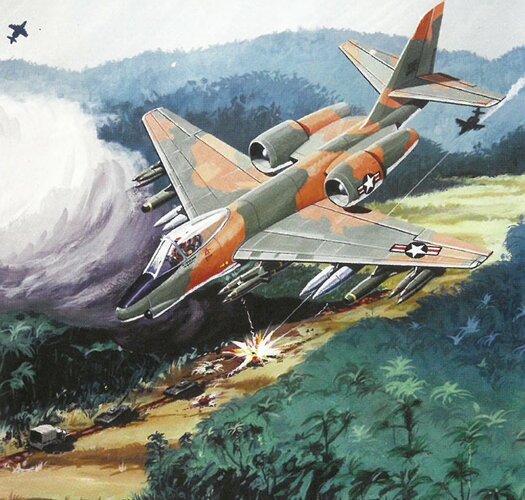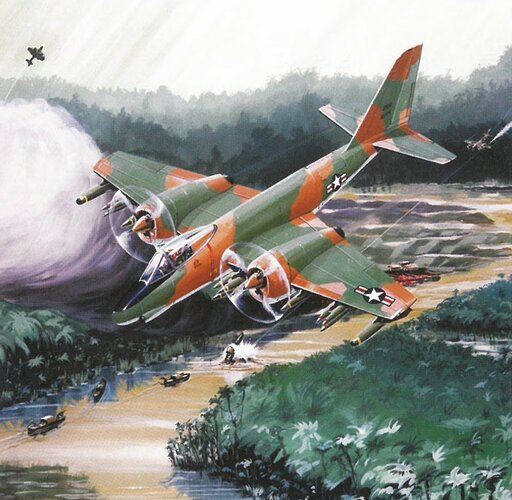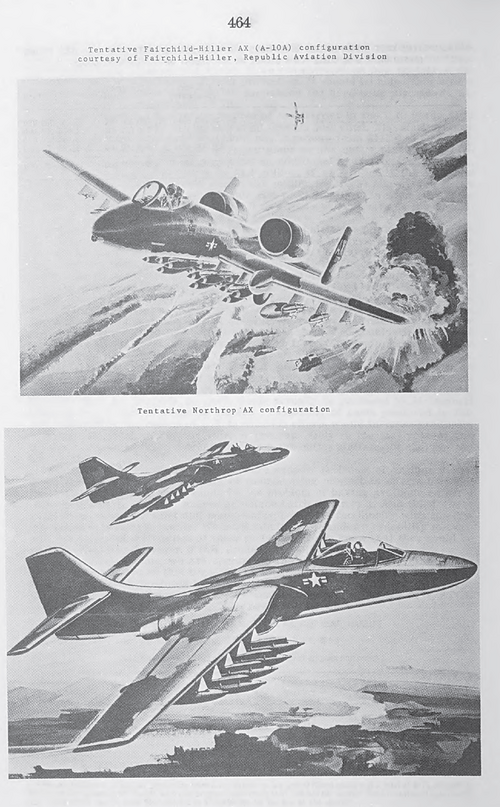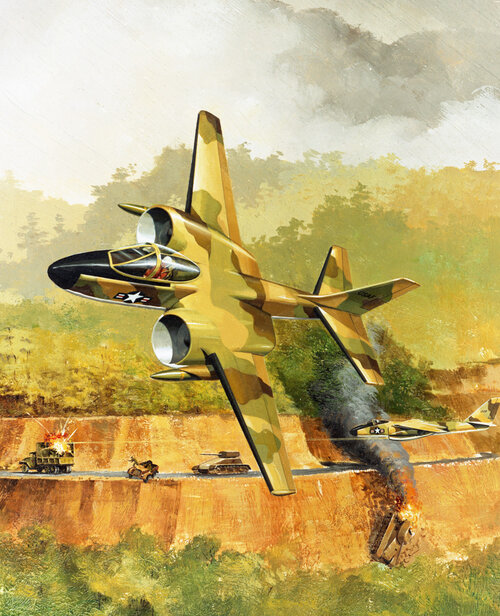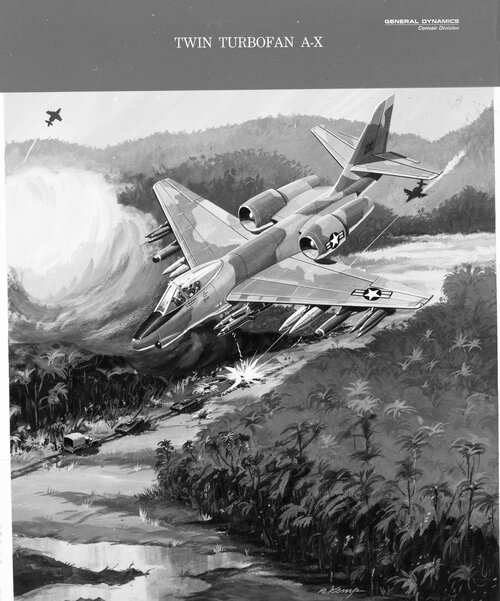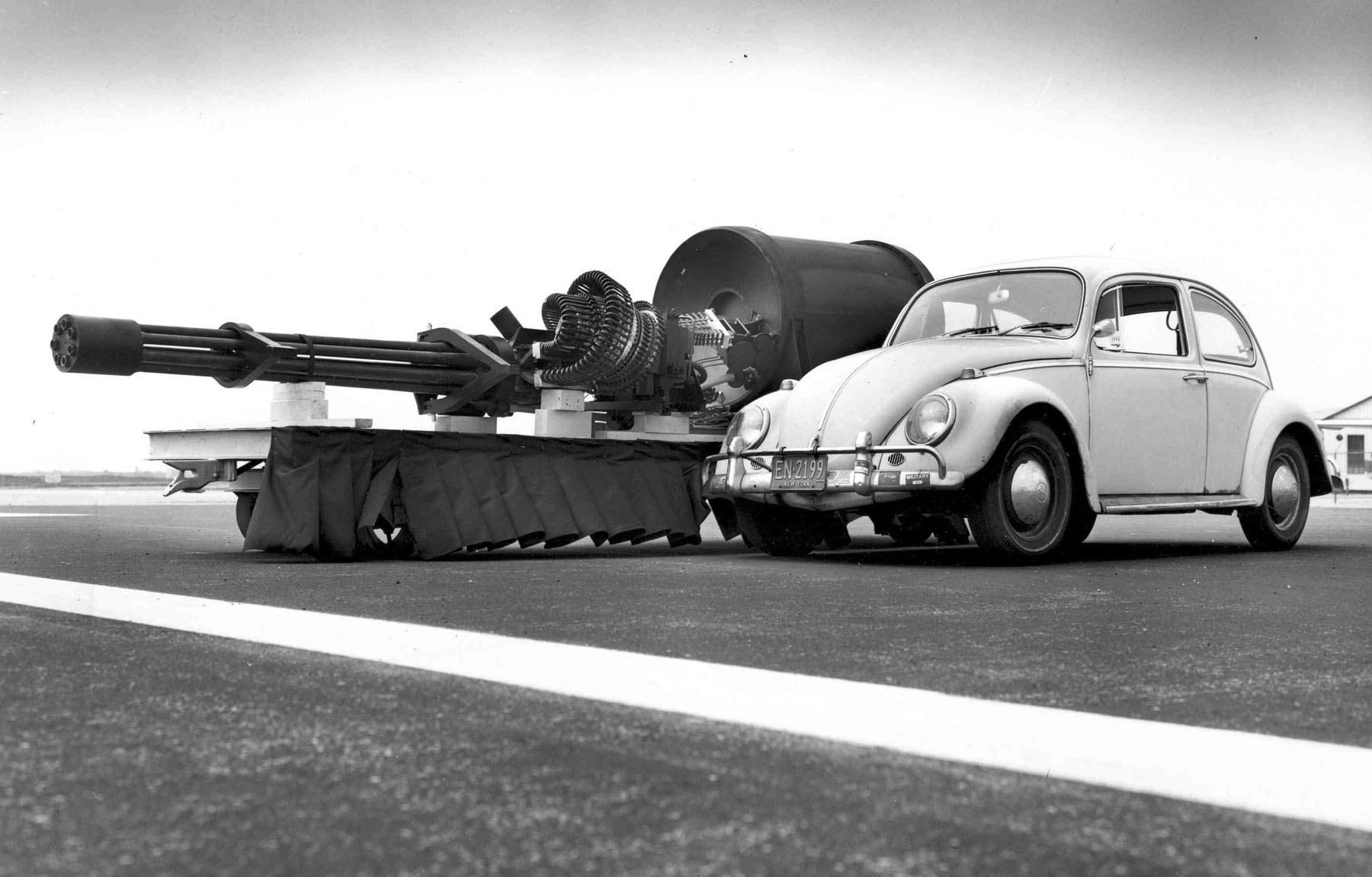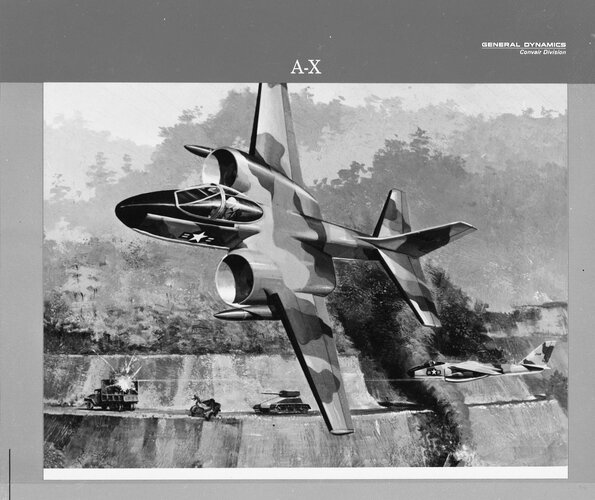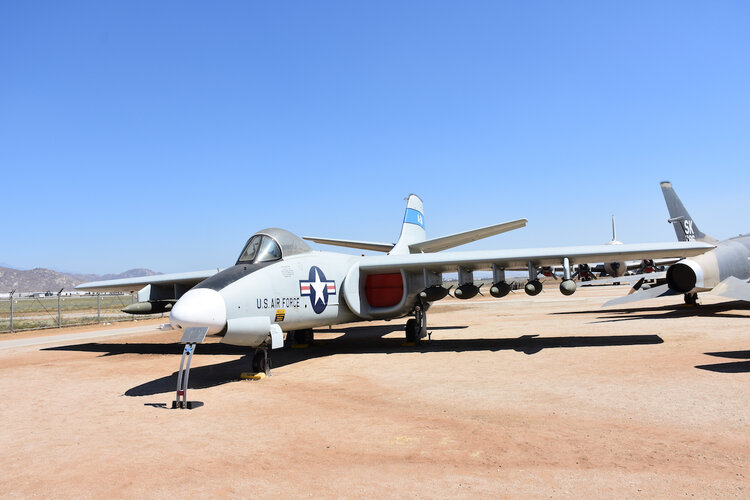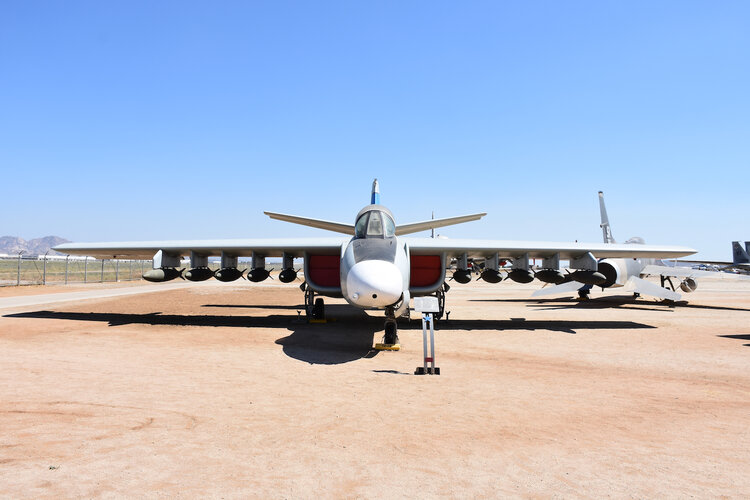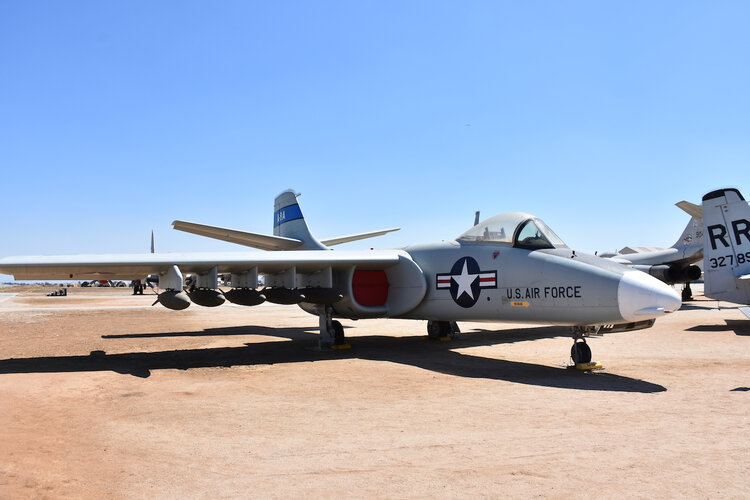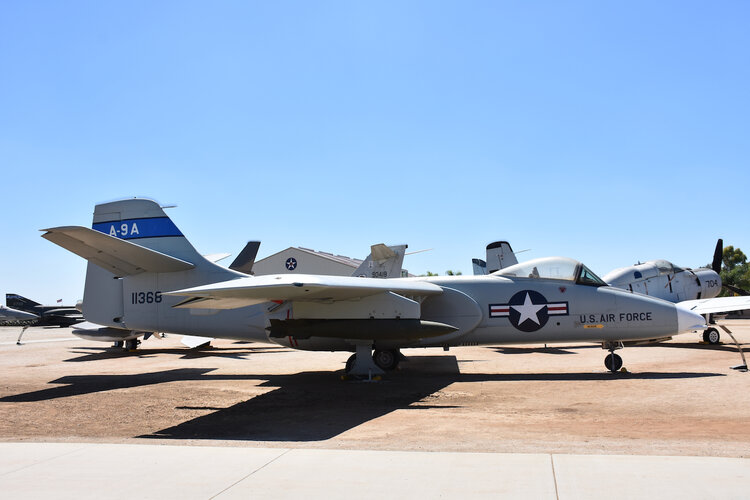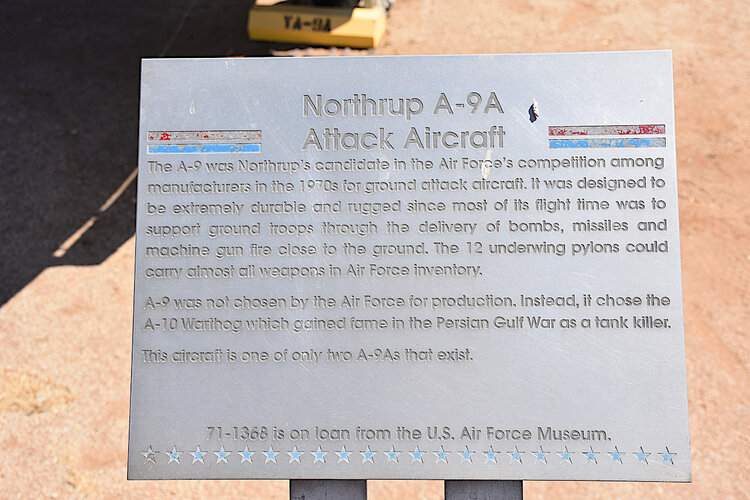RayOrtensie
ACCESS: Restricted
- Joined
- 22 September 2021
- Messages
- 2
- Reaction score
- 13
On18 December 1970, Robert Channing Seamans Jr., Secretary of the Air Force, announced the selection of Fairchild Hiller Corporation and the Northrop Corporation out of six companies – Fairchild Hiller Corporation, the Boeing Company, Northrop Corporation, Cessna Aircraft Company, General Dynamics Corporation, and Lockheed Aircraft Corporation – as the contractors for the competitive prototype phrase of the A-X Program. Roughly a year-and-a-half later, two aircraft took their first flight at the Air Force Flight Test Center, Edwards AFB, California, in competitive flight evaluation testing when Fairchild’s A-10 took its first flight on 10 May 1972 and Northrop’s A-9 took its first flight twenty days later.
In the 1970s, Headquarters Air Force Systems Command History Office wrote a three-part study on the development to production of the Fairchild-Hiller A-10 Warthog. This volume, “A Birth of a Hog,” is the compiled three studies along with the original photographs and additional historical photographs to add to the historical context of the studies.
Link to PDF: https://drive.google.com/file/d/1ryVH056qEskPkgDZmTWC4zB2FUcbtxQT/view?usp=sharing
In the 1970s, Headquarters Air Force Systems Command History Office wrote a three-part study on the development to production of the Fairchild-Hiller A-10 Warthog. This volume, “A Birth of a Hog,” is the compiled three studies along with the original photographs and additional historical photographs to add to the historical context of the studies.
Link to PDF: https://drive.google.com/file/d/1ryVH056qEskPkgDZmTWC4zB2FUcbtxQT/view?usp=sharing
Attachments
Last edited by a moderator:

